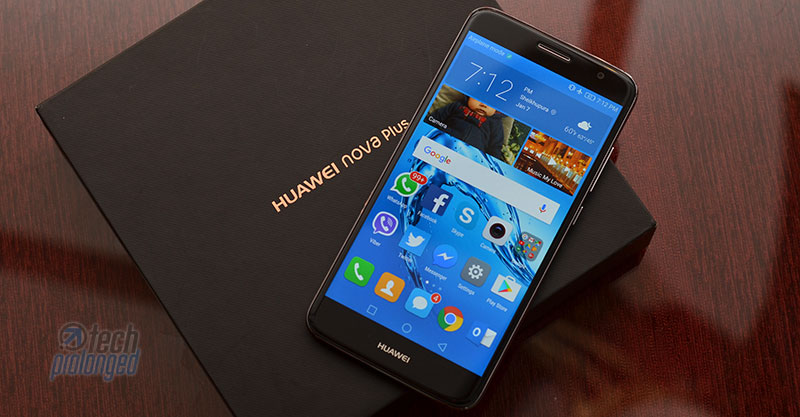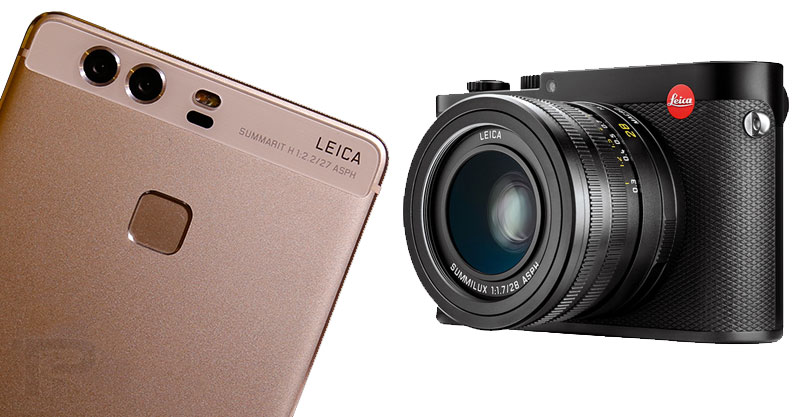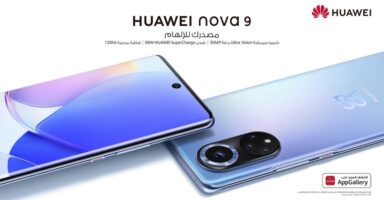Build, Design and Display
Huawei Nova Plus – Build & Design
The Nova Plus can be called as a smaller Mate 8 with pretty much similar design and outfit. If you liked the Mate 8’s design, you would definitely like the Nova Plus too. In fact in a little smaller size, you will feel comfortable with it.
Packed in a unibody structure of metal and glass, the phone measures 151.8 x 75.7 x 7.3 mm and weighs 160 grams which, if you compare with the larger Mate 8, has larger body in average. With 5.5 inch display, the screen-to-body ratio is only 72.5% approximately whereas Mate 8 had better 78% with smaller upper and lower parts on the front.
Tendency towards the Nova Plus was quick indeed as it became my primary smartphone with both the SIM’s in it – one connected to 4G network and the other at 2G. Only one SIM can connect to LTE network which then serves with the internet connectivity, the other SIM remains on the GSM network.
It’s still not that small for most of the users with average hands, but if you have used similar sized displays, you won’t feel any difference but the comfort and handling is quite good with Nova Plus. Huawei offers single-handed operation mode via software which can be switched on (and off) by swiping on the on-screen navigation keys.
one thing must be told, It’s a solid and sturdy design
Coming over at the controls and components; on the front, there is an earpiece placed right where usually it resides. On the right of it, there’s the front facing camera along side some sensors hidden inside the front panel. An LED notification light is also present there which is not visible unless lighten up.
On the bottom of the screen, there is only “Huawei” branding.
The top side of the phone hosts standard 3.5mm audio jack. Along side, a secondary microphone is present for noise cancellation. The primary mic present at the bottom side combined with the secondary mic on top also work as a stereo audio recording.
On the bottom we also have a speaker grill on one side where as the other grill is home for a mic. In the middle, it’s a USB Type-C port for all kind of connectivity including data transfer and charging.
The right side of Nova Plus hosts the standard power button along with the volume rocker while on the left side of the phone a SIM slot is present which is hybrid in functioning – use two nano SIM cards at once or use a single SIM accompanied by a micro SD card slot.
On the back we have 16 megapixel camera with a dual-LED dual tone flash. Below the camera we have a fingerprint scanner just like any other Huawei smartphone. The camera module is extruded a little bit.
The lower part of the rear panel only prints Huawei branding and a few product labels.
While the back panel is aluminium built, the top and bottom parts of the back panel are thin plastic layers which also join through the antenna strips embedded into the metal frame.
The Nova Plus has all those aspects of design as can be seen any high-end package. The chamfered edges all around the back panel joining at the frame give a premium feel.
Huawei Nova Plus – Display
Manufacturers are going crazy with the display throughput of handheld devices as no the display resolution of smartphones has reached the quad and wide quad high definition but they have still not been fully adapted even in many high-end devices – not until late 2016. But here we are talking about a mid-ranger (or say upper mid-range device.) Nova Plus serves only at a Full HD resolution of 1920×1080 pixels on a 5.5 inch display.
Yes, on paper, these numbers now are a bit old but still if you look at the density, it’s way more than you would need practically. With 401 pixel density, the Nova Plus is pretty much sharp in delivering content on the screen. Huawei claims the Nova Plus provides 450 nits of maximum brightness which we believe the phone would stand around the claim as it’s really bright.
Overall the screen is crisp and better at colour reproduction on all kind of content, whether you are reading text on a web browser, playing a game or watching a video. But wait! it just ends in a room.
Outdoors in direct sunlight, the visibility and readability on screen can be regarded as poor as good indoors. Higher reflection ratio adds more difficulty to the visibility.



















